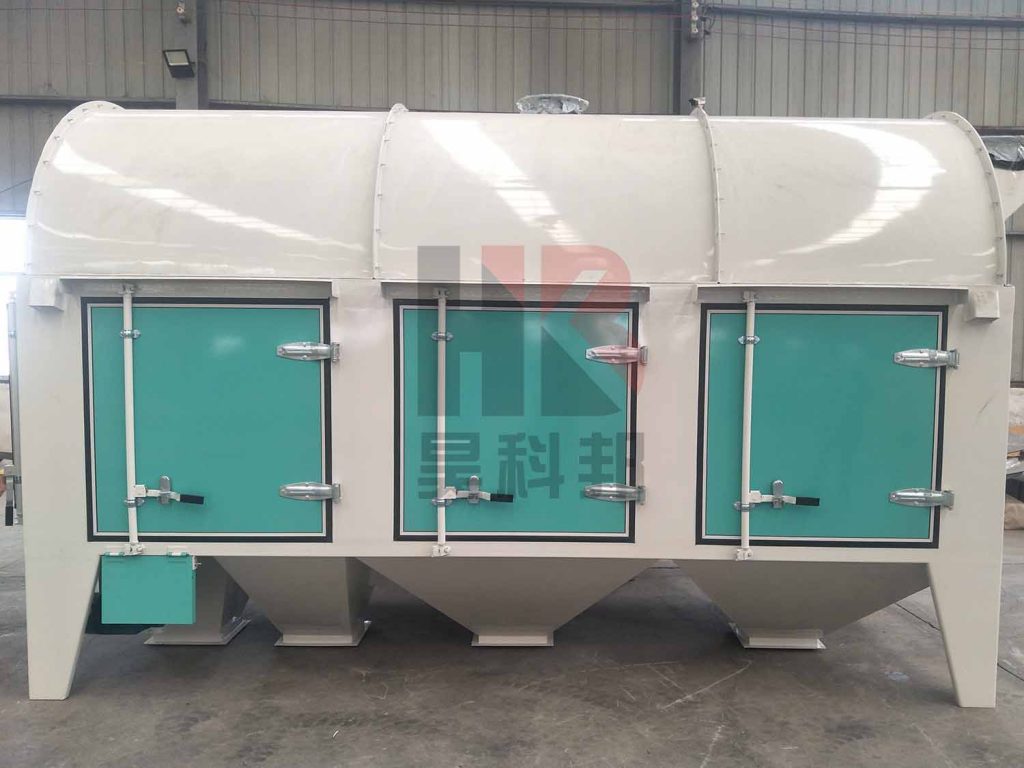The key parameters for grain cleaning and screening are the core basis for equipment procurement decisions. They directly affect grain processing purity, equipment lifespan, and operating costs. This article provides a systematic selection guide by deeply analyzing from material selection to production capacity configuration.

In the key parameters for grain cleaning and screening, the screen material directly determines the equipment's environmental adaptability and service life. The current mainstream materials include two major types:
304 stainless steel screen: With excellent corrosion resistance, it is the first choice for high - humidity environments (such as rice processing). It can maintain a lifespan of over 5 years even in conditions with moisture content >18%.
65Mn steel quenched screen: Through heat treatment, the surface hardness is increased to HRC58 - 62. It is particularly suitable for processing hard grains like wheat and sorghum, with wear resistance 40% higher than that of ordinary carbon steel.
The aperture configuration in the key parameters for grain cleaning and screening needs to achieve a "static benchmark + dynamic adjustment" dual - mode:
Basic aperture setting: For rice processing, use φ2.8 - 3.2mm main screen holes with φ1.5mm secondary screen layers to balance impurity removal and broken rice control.
For soybean selection, combine φ4.5mm round - hole screens with φ3mm slotted screens to remove straw and gravel simultaneously.
Environmental response mechanism: When sensors detect environmental humidity >75%, automatically enlarge the screen holes by 0.2mm to prevent sticky grains from clogging. For raw grains with impurity rates >8%, activate dual - vibration motors to increase screen acceleration and ensure efficient impurity removal.